It’s that time of year again. For those of us in the Northern Hemisphere, summer means warmer temperatures, longer days, and (ideally) more time outside! As someone with an aversion to the cold, I always look forward to the all-too-short summer season. And of course, I love having my hound Sonder by my side when it comes to vacation travel and fun in the sun. But when deciding which summertime activities to include Sonder in, there are a lot of important factors for us to consider.
How hot is it?
Heat is an under-recognized environmental threat for people and animals alike. But because they are covered in fur or hair and only sweat from a few areas of their bodies, heat can impact our animal friends sooner than we might think. High temperatures and sustained sun exposure can quickly lead to overheating and heat stroke, and can even be fatal in dogs and cats. Whether embarking on a days-long adventure or simply taking a walk, we can help them beat the heat by: ensuring there is water available for drinking and cooling, avoiding outdoors during the middle of the day, limiting physical exertion, “hand-testing” asphalt temps before paws hit the ground, and of course, never leaving them alone in vehicles or other areas without ventilation.
Would the activity cause anxiety?
Sonder, like many dogs, is afraid of fireworks and thunder. So while I might enjoy a summer evening lightshow, stargazing on a clear night would be the more appropriate choice than a firework display for sharing that experience with my pup. Still, sometimes it’s hard to avoid loud booms during the summer, so I like to set up safe spaces for Sonder to retreat when his noise sensitivity is triggered. Helping our learners communicate their fears can also help them move past them (just don’t try to teach during the noise event as that could cause negative associations with buttons!).
Will we have access to the resources we need?
We tend to travel a lot in the summer, and more often than not, Sonder joins us. When Sonder and I hit the open road, I always make sure that I have extra food, treats, medications, a safety crate, and, unfortunately in his case, a good supply of towels and wipes for potential car sickness. If going somewhere new and/or far away, I also like to identify vet clinics in the area before we go, just in case. When sticking with activities close to home, making sure clean water is available is key. Spending a lazy day in the park? I like to pick one with a good supply of shade trees.
What would be most fun for us both?
While I love a good music festival, hanging out in a hot, loud, crowded field full of people is NOT Sonder’s idea of a good time. Similarly, though a day at a winery is a treat for me, it’s pretty boring for him to have to lay tethered in view of tempting fields to run through. Over the years, we’ve found that camping, hiking, and kayaking are activities we can both safely enjoy together, with some important precautions. When in state and national parks, we’re mindful of local wildlife and pay attention to posted signs about where dogs should and should not be. If there’s going to be climbing or traversing rocky terrain or waterways, paw protectors are a good idea, and anytime we’re in a kayak or on the paddle board, Sonder’s got his lifejacket on just like I do. We’ve found that Benadryl and a doggie first-aid kit are also good to have around for this kind of adventuring.
School’s not out for the summer…
Outdoor fun can also come with opportunities to bond through learning! Activities like paddleboarding that involve a little bit of priming (teaching your dog to be comfortable with equipment, getting the hang of balancing and staying steady on the craft) can leverage skills learners may already be building, and are both physically and mentally rewarding. Likewise, if traveling, new environments can be great places for dogs and cats to explore new vocabulary (I’m thinking BEACH). And, if it is just too hot to be out of the house, you can take advantage of the “lazy days” to model new words and phrases with your learner from the comfort of the cool indoors. This way, your furry friends can burn brain energy—instead of their paws and noses—by practicing with buttons!
Biogliography:
Courtney Sexton is a Postdoctoral research scientist at the Virginia-Maryland College of Veterinary Medicine and has a PhD in Evolutionary Anthropology and Comparative Animal Behavior from The George Washington University.
Join the conversation at community.fluent.pet!

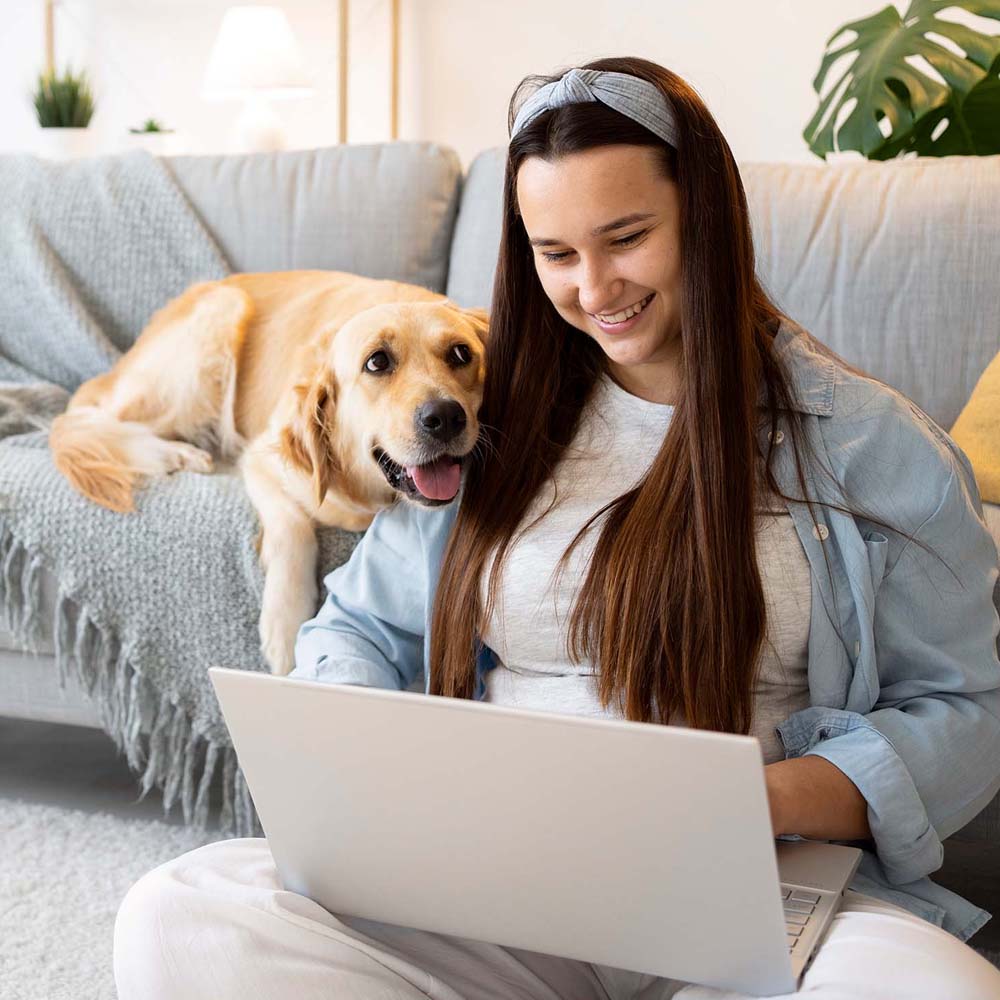
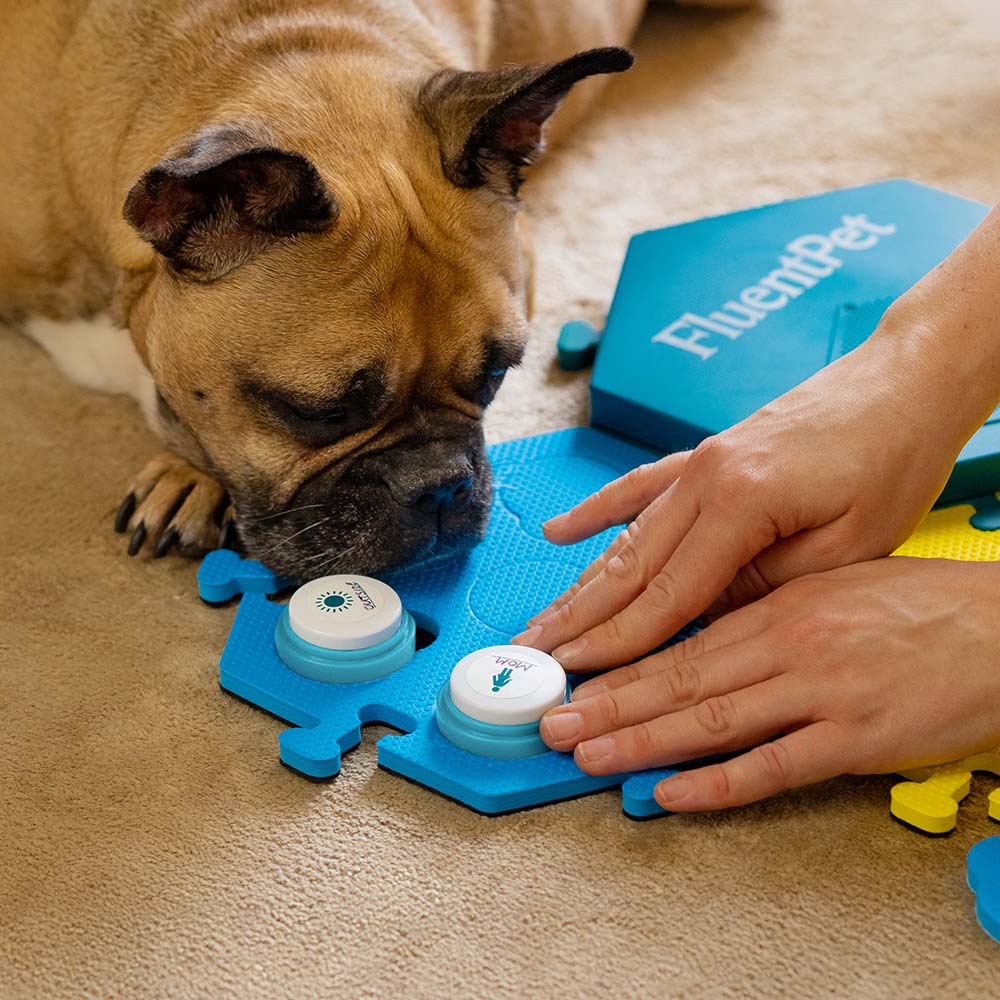
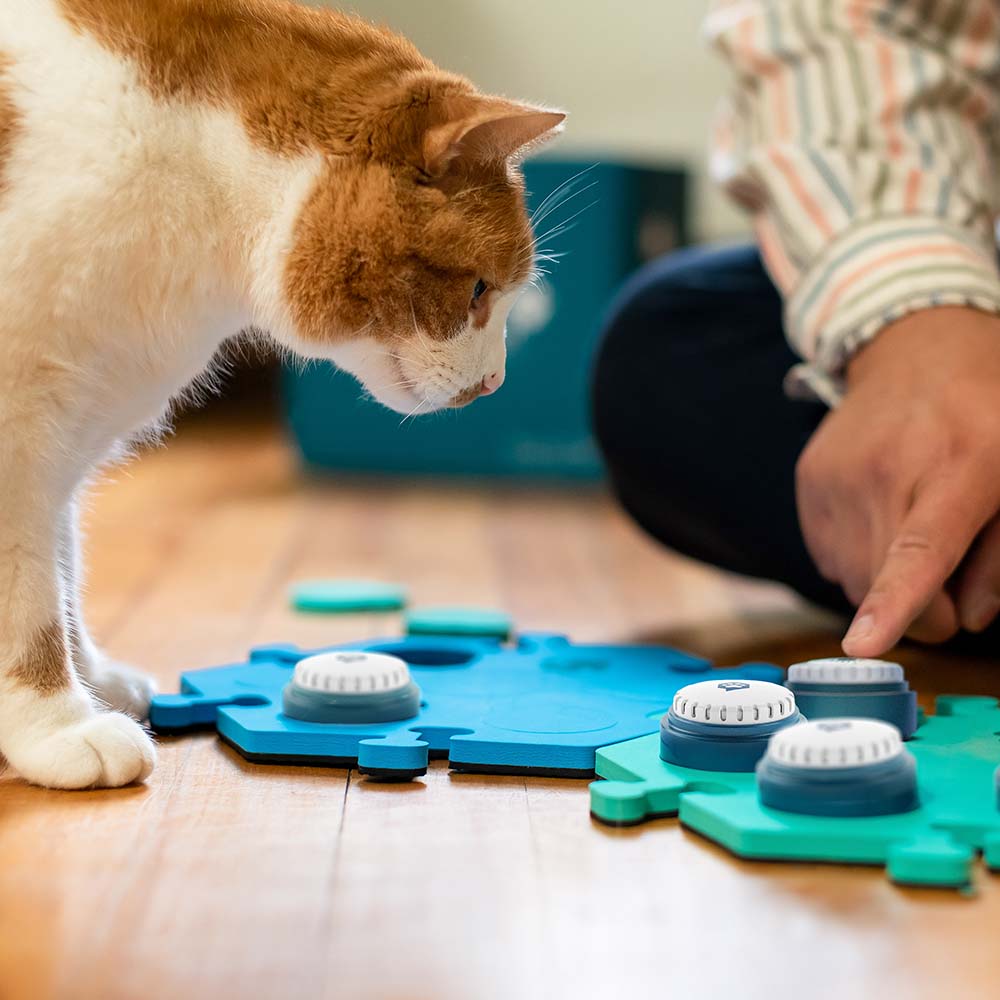
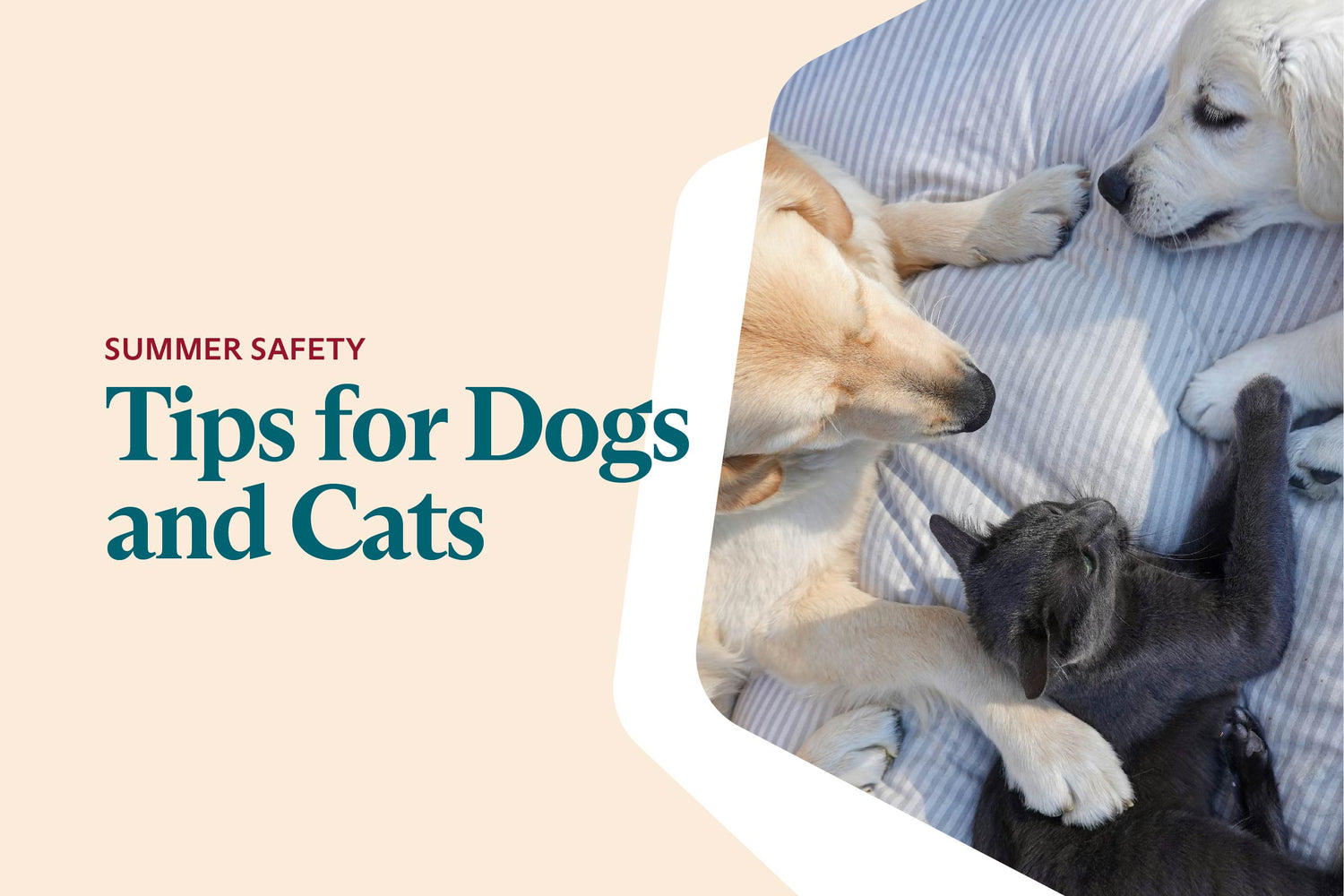

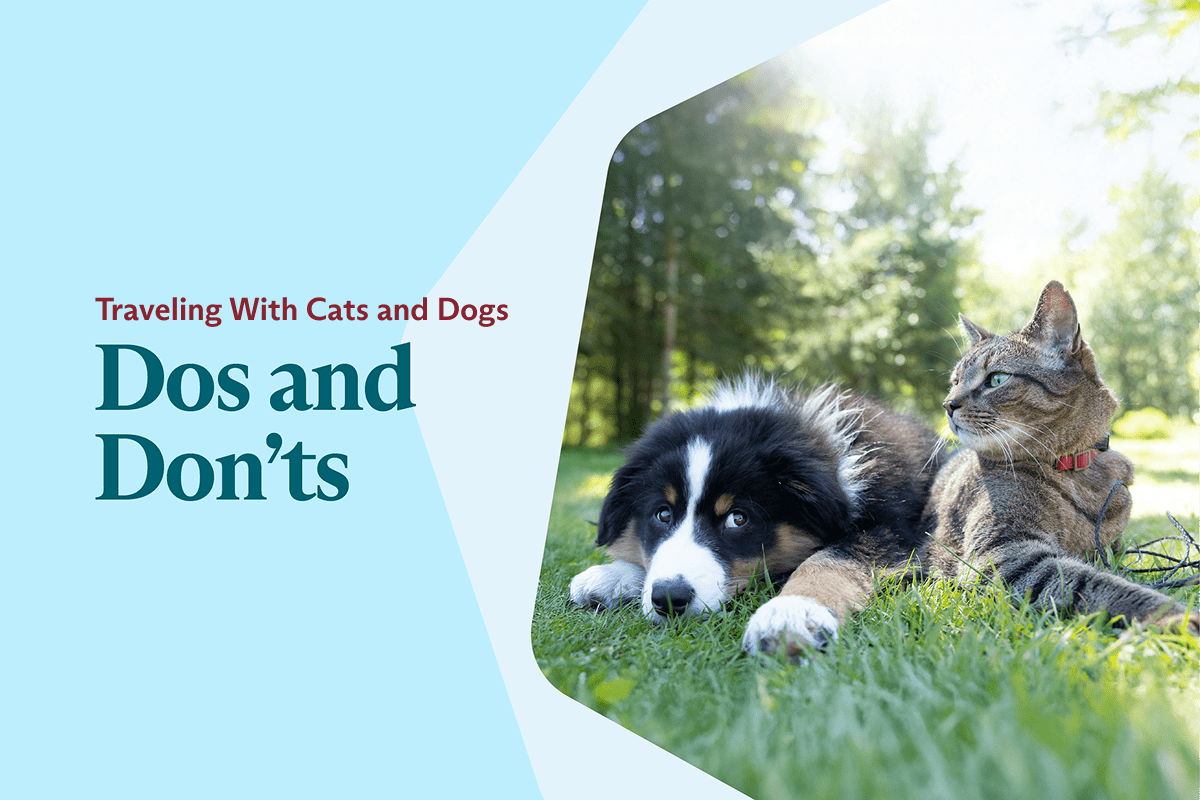
Dejar un comentario
Este sitio está protegido por hCaptcha y se aplican la Política de privacidad de hCaptcha y los Términos del servicio.